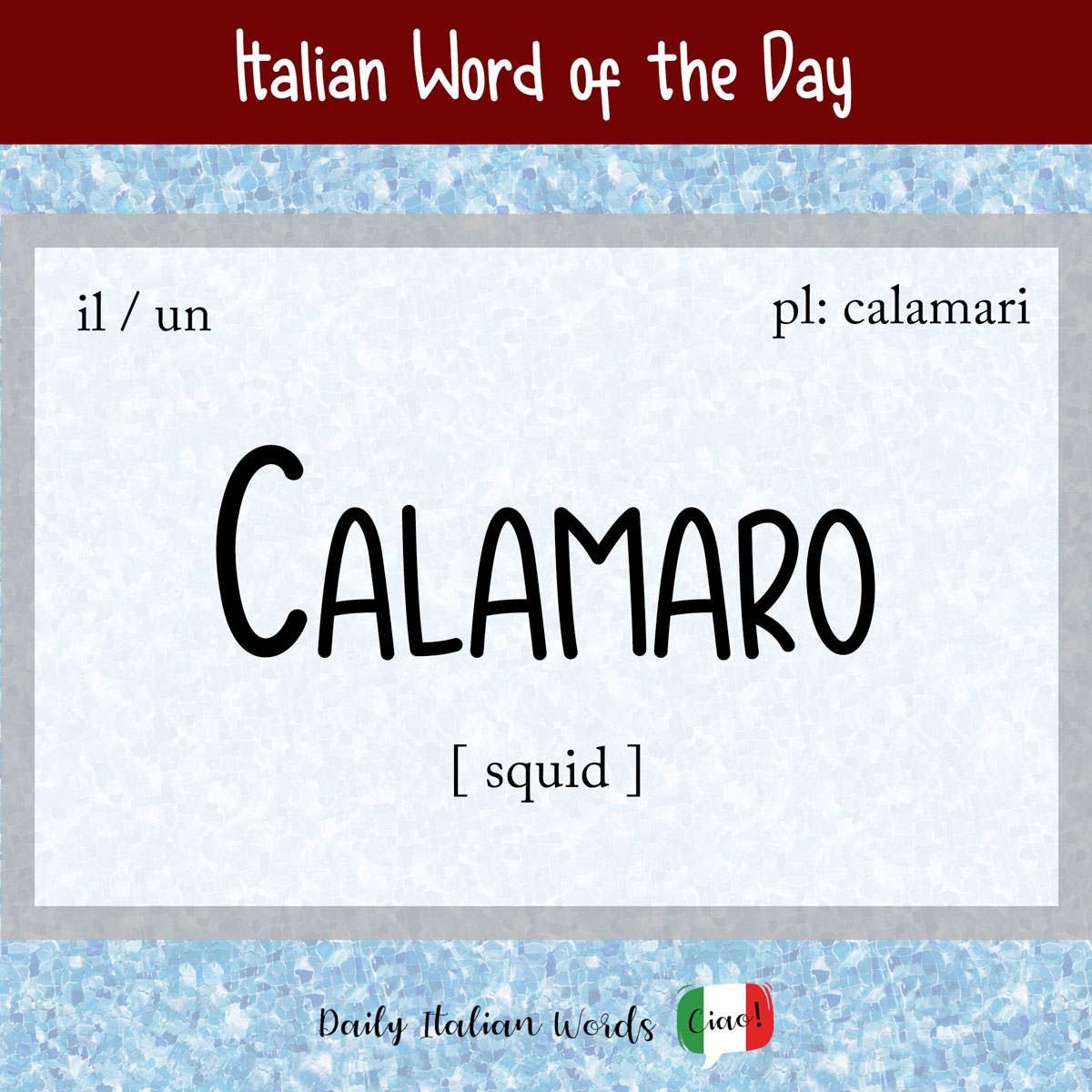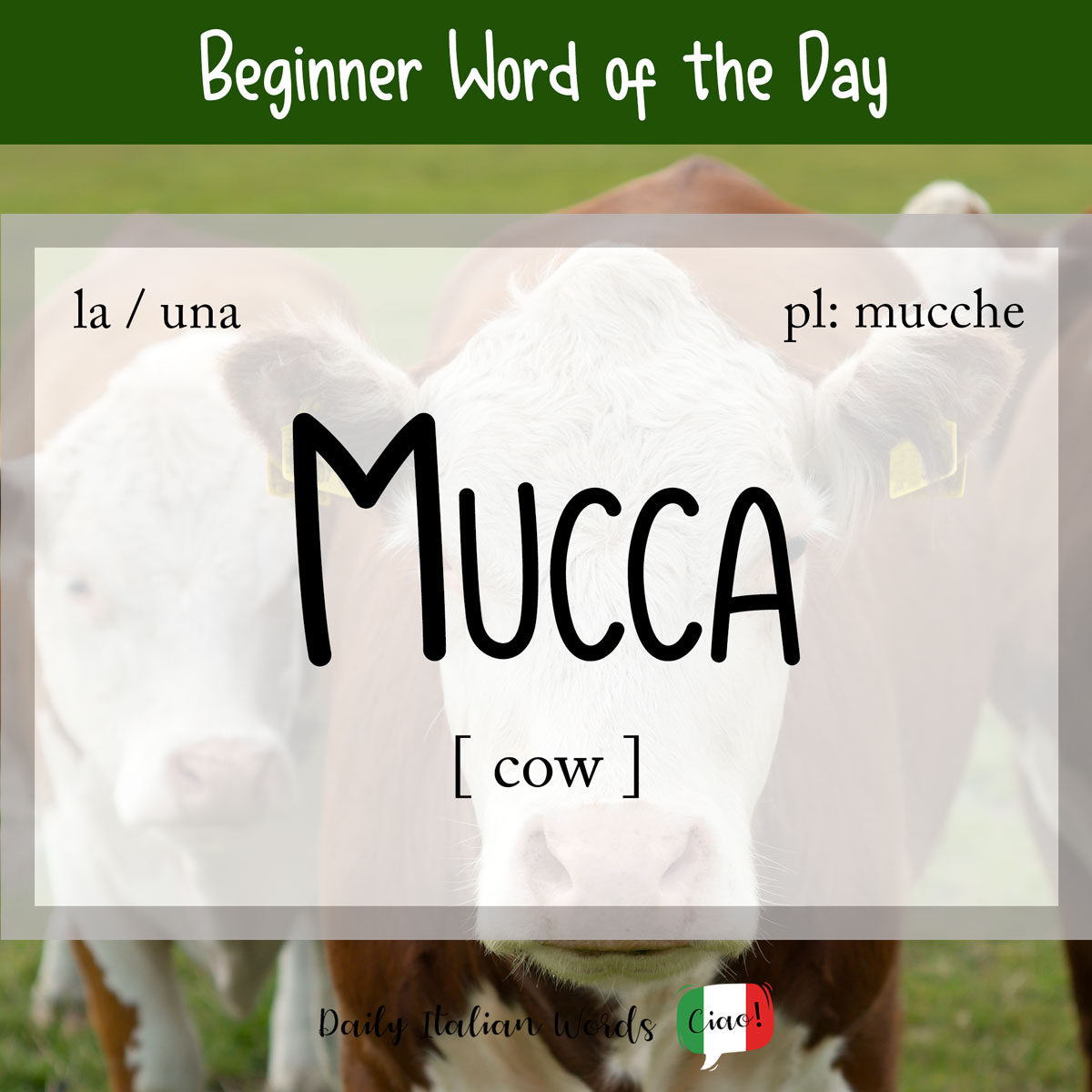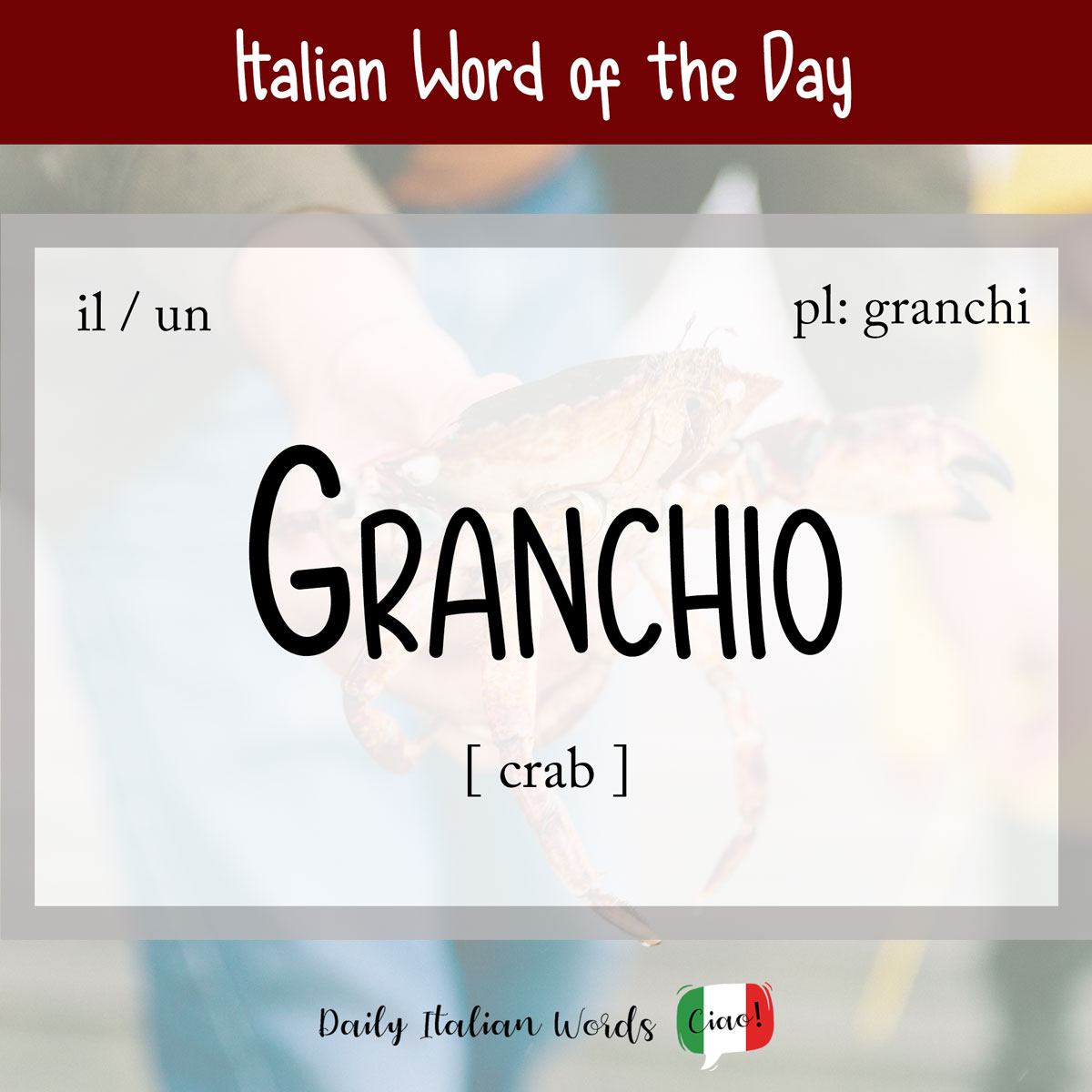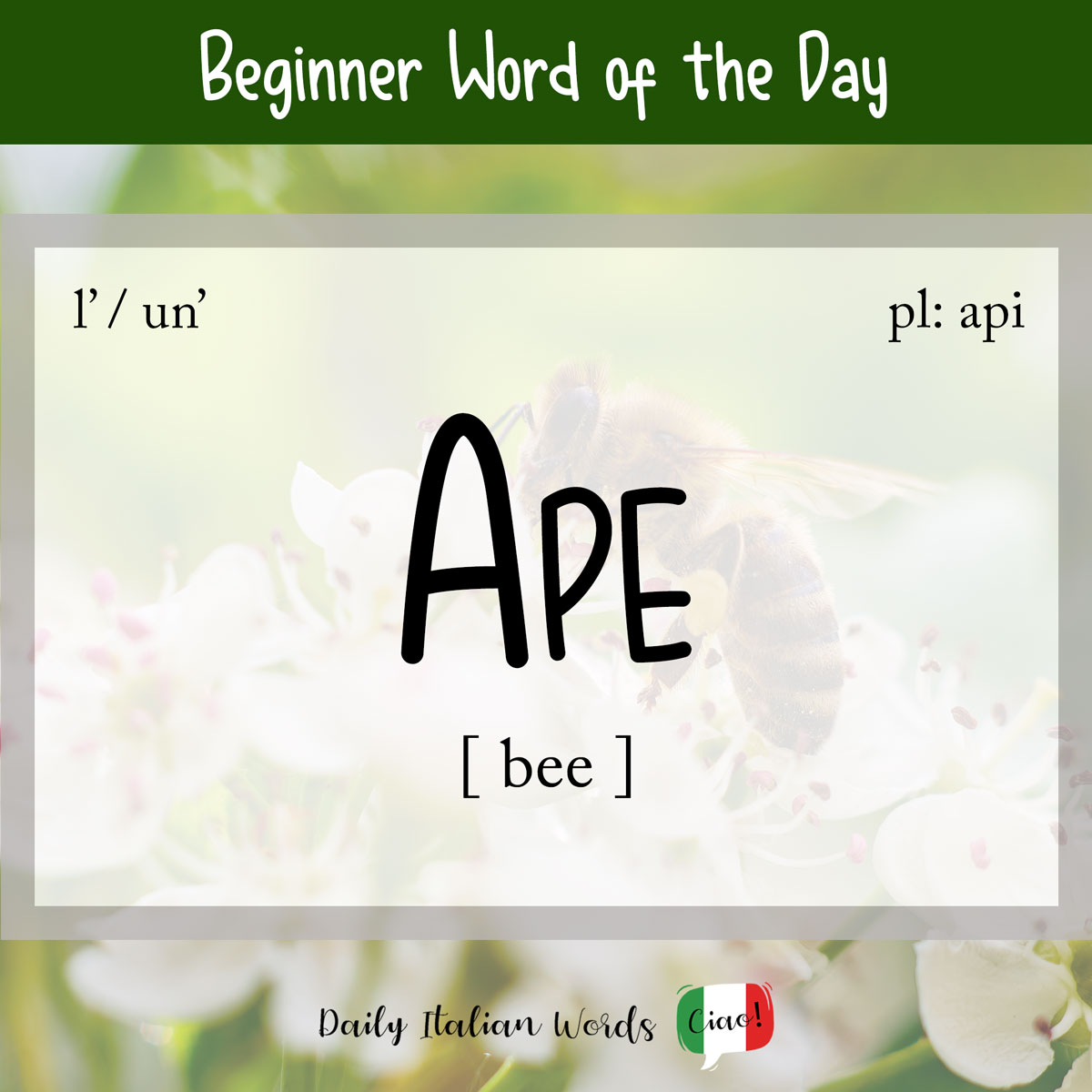Italian Word of the Day: Calamaro (squid)
The word for squid in Italian is the masculine noun calamaro. Technically speaking, calamaro is actually the term for the European squid but in everyday Italian, it has come to refer to the entire squid family. If this word sounds familiar, that’s because in English, we use the plural form calamari to refer to squid …






